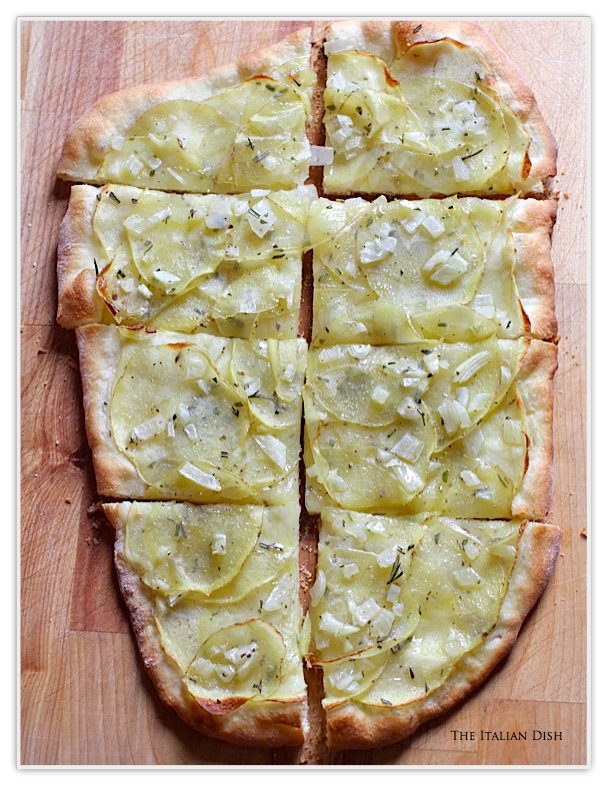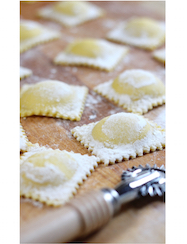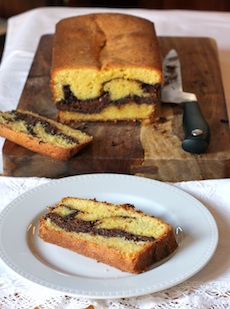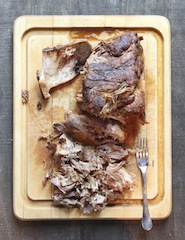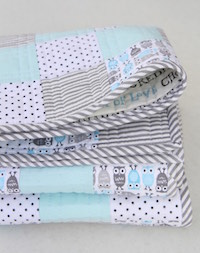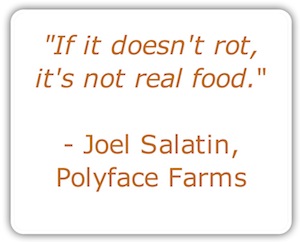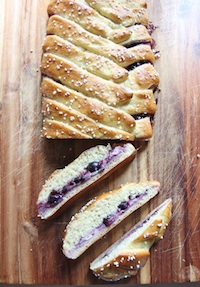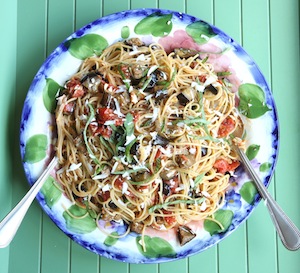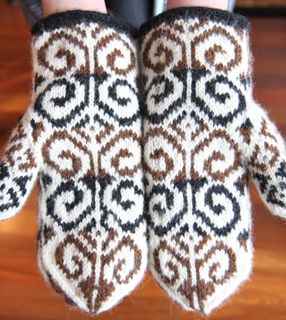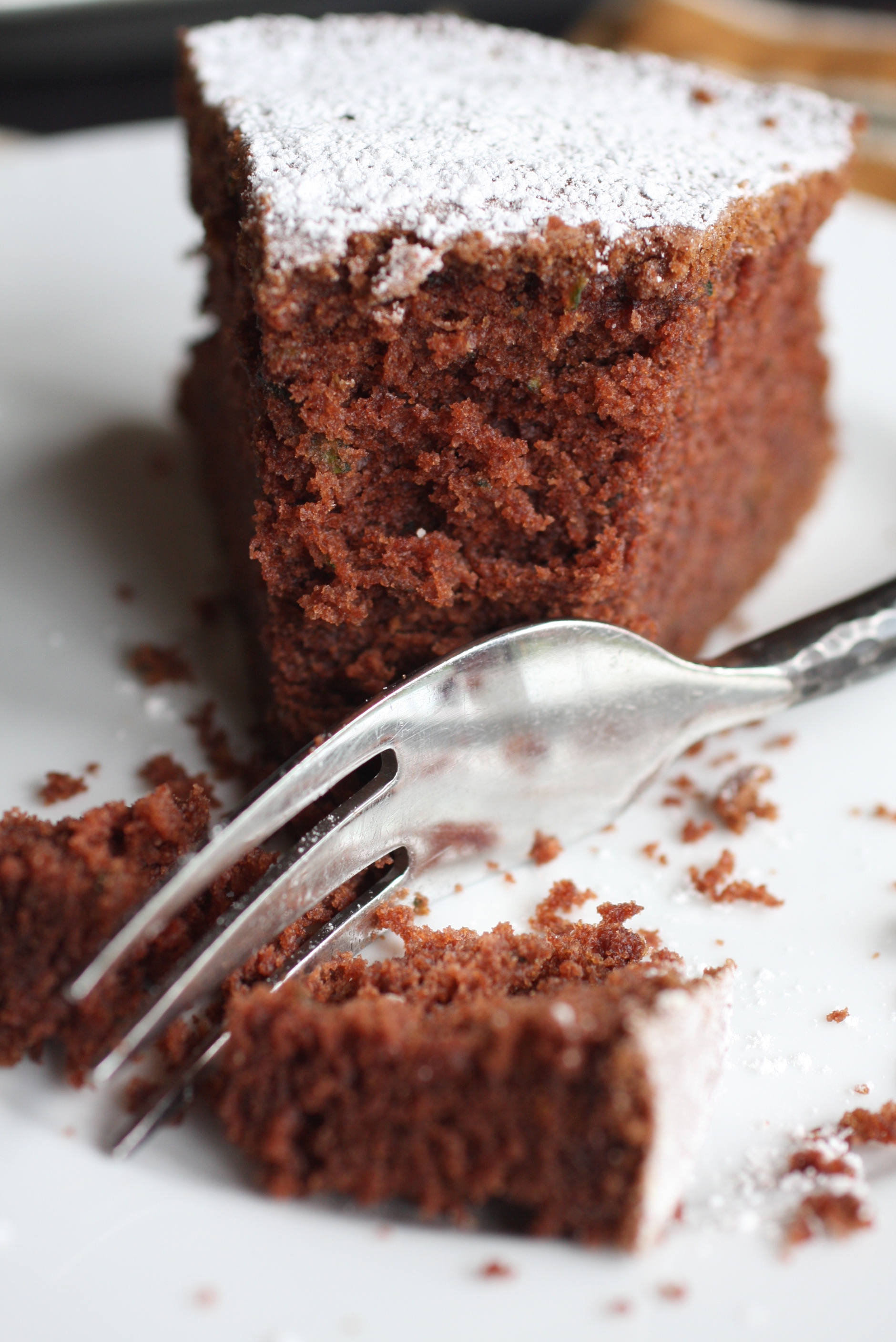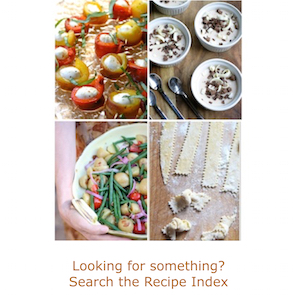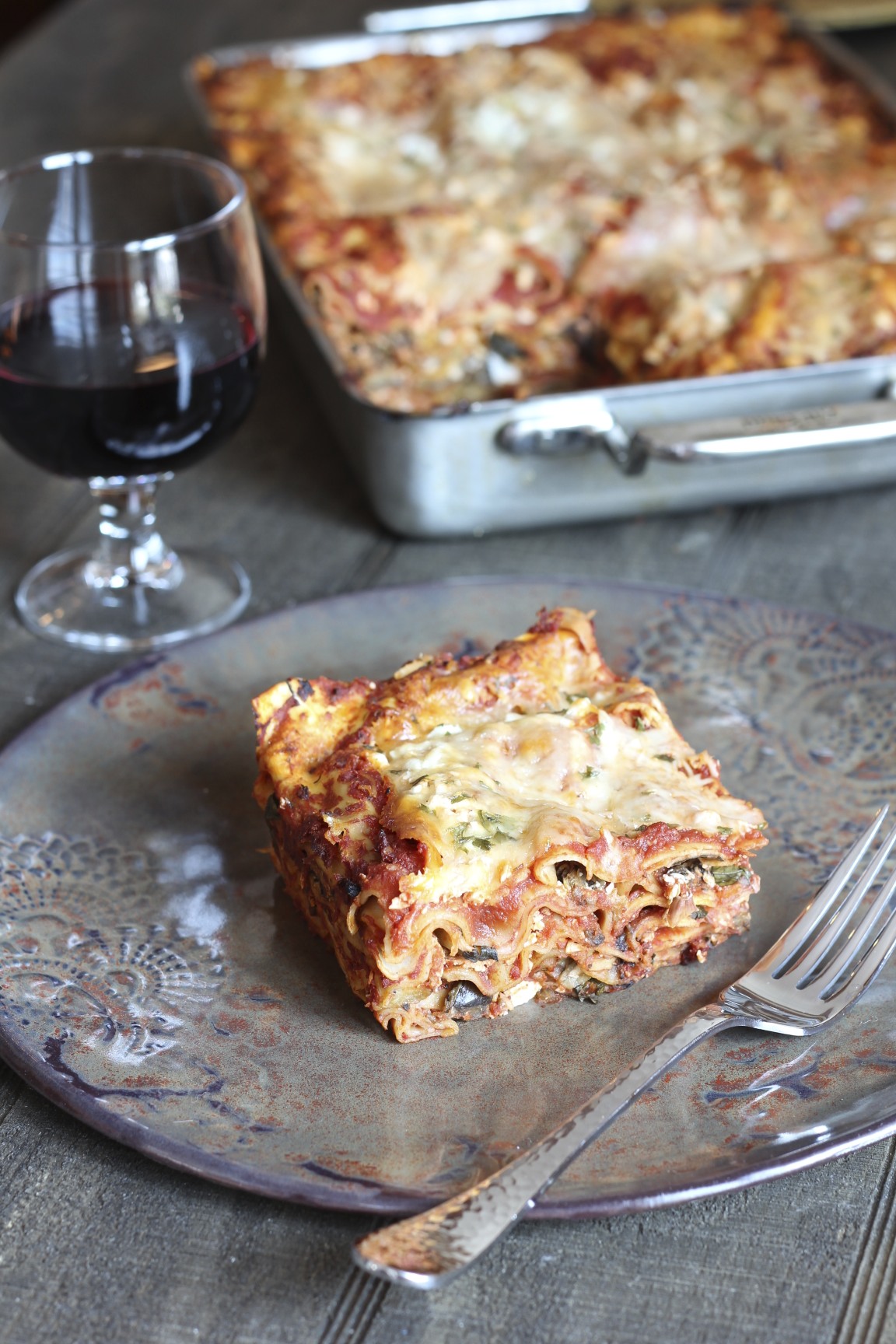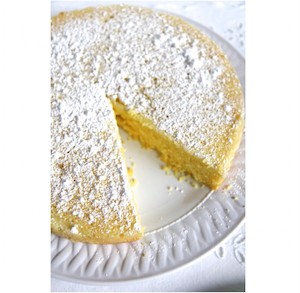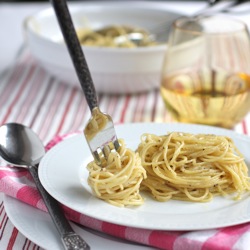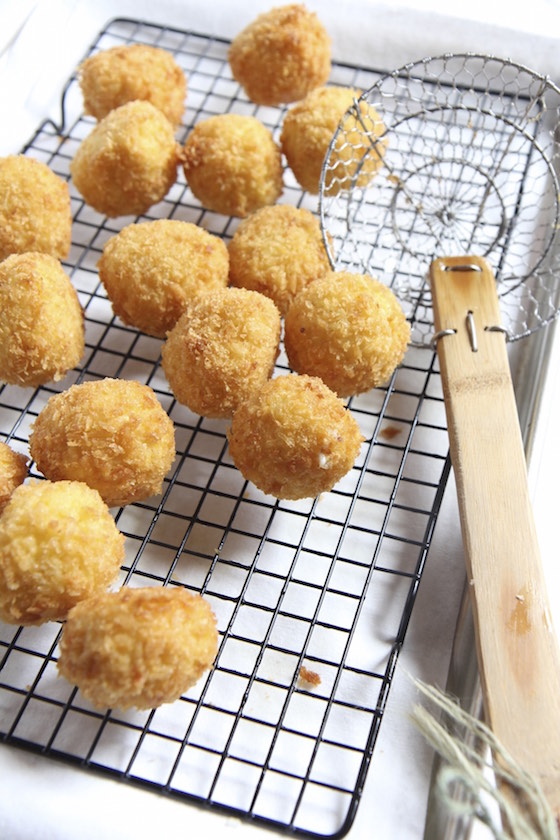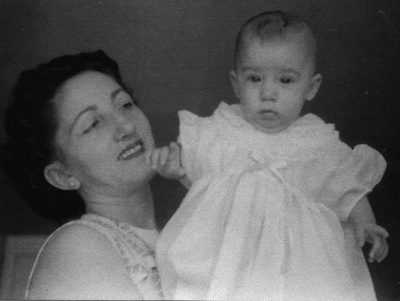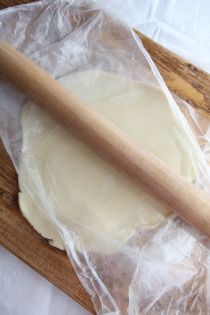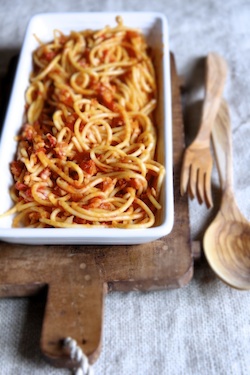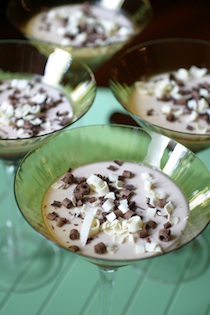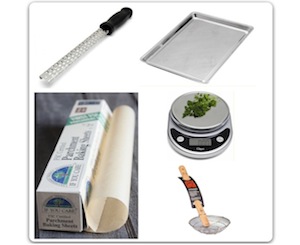
Having a real wood burning pizza oven in your home is fantastic. The oven can reach temperatures that a regular oven just can't. And that's one of the secrets to having great homemade pizza. Oh - okay, well, that's not me in the picture and no, that's not my pizza oven. But wouldn't it be great to have one? For all of us who don't, and that's just about everyone I know, you can still do great homemade pizza. At the McCardel household, every Tuesday night is pizza night. We've made an awful lot of pizzas and learned a thing or two.
There's not much to making pizza dough. If you've got a couple of hours to let it rise and some flour, yeast, olive oil and salt, that's really all you need for the dough. I do use a combination of regular unbleached all purpose flour and Italian 00 flour. It makes a superior crust. Italian 00 flour is a very finely milled flour that is still high in gluten (don't substitute cake flour or White Lilly soft flour! It's not the same thing.) But you can certainly use just regular all purpose flour.
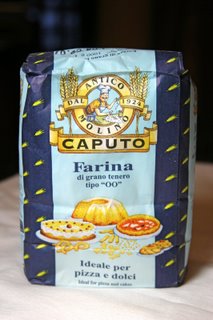
Now, I know you probably want a recipe for dough. And I'm not going to give you one!
Don't be scared. This is the way I make all of my doughs - pasta dough, focaccia dough and pizza dough. I measure the wet ingredients and then the flour added is as much as the wet ingredients will take. This is because when working with doughs, there are a lot of variables. Even how humid the room is can affect the dough. In the case of pizza dough, I allow about 1/3 cup of water for each person. We roll our pizzas very thin, so if you want a thicker crust, you might want to allow 1/2 cup water per person.
For pizza for three people, I put a cup of warm water in the bowl of my mixer and attach the dough hook. I then pour what looks like about a couple of teaspoons of Rapid Rise yeast in the water. I add a couple of good glugs of olive oil (aren't my measurements easy to follow!) and turn the mixer on. I start adding flour, usually 2 parts flour to one part 00 flour. I probably add about 1/2 cup at a time or so. After I've added a little flour, but my dough is still wet, is the time I throw in about a teaspoon of kosher salt (Martha Stewart said once that salt directly contacting yeast can kill it, so now I'm afraid for them to "touch" right away!) Keep mixing on low and adding flour until the dough comes together in a nice ball and is the right texture - not too dry, not too sticky. This just comes with practice.

Now I'm going to give you a very important piece of advice right here - add the flour towards the end just a little at a time. If you let the dough get too dry, you cannot add more water at this point. The dough is ruined. Yes, ruined. You have to start over. So when I know the dough is almost right but is still too sticky, I just add a scant spoonful at a time and keep mixing. You can always add flour to a too sticky dough, but not the other way around. After you've made it a while and have the hang of it, you really get a feel for the dough and you will know.
Take the dough out - I knead it by hand just a little bit because I like the feel of it - and then put it in an oiled bowl and cover it with a towel and stick it in a nice warm place. And it must be warm, or your dough won't rise well at all. In the summer, I stick it out in the sun. In February in Michigan, I stick it in my oven (my oven has a nifty "Proof" setting just for rising doughs). I let the dough rise for about an hour, but there's no exact set time. You can let it rise longer. Then I punch it down, break it into three pieces and roll those pieces into balls and set them on a floured jelly roll pan. I cover those with a towel and let those rise for another hour. They come out looking like this:

In the meantime, I have cranked up my oven to 450 degrees and put a pizza stone on the lower rack. You have to give this time to preheat - I usually give it a good half hour. And yes, you have to have a pizza stone. If you don't have one, go out and get one right away. They sell them everywhere - Williams Sonoma, Target, etc. They make a hugh difference in the crust. And do not wash your pizza stone! Not ever! The stone is absorbent. All you want to do after it is cooled is scrape it off. That's it. If you don't believe me, this is what our looks like:

This is what your pizza will cook on if you come over to our house.
Sprinkle some cornmeal on the pizza peel. Roll out one piece of dough on the counter, using flour so it doesn't stick. Transfer to the pizza peel. Put tomato sauce on the pizza, the cheese, and then your toppings. Slide the pizza off the peel onto the pizza stone in the oven with a jerk. It should just slide off, because of the corn meal. Bake for about 8 minutes. Your oven may vary, so just check on it.

I like to top my pizza with arugula, so I add that after it's out of the oven.

Questions? Feel free to e-mail me.
Tip: You can make the dough and stick it in your fridge the night before you need it. Then, when you want it, just bring it to room temperature and let it do its first rise from there.
UPDATE: For a more complete discussion on what kinds of flour to use when making pizza, click here.
00 flour: Caputo Tipo 00 flour
Equipment Needed:
Pizza Stone: Williams Sonoma baking stone
Pizza Peel: Williams Sonoma pizza peel
 March 16, 2010
March 16, 2010 